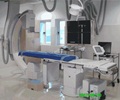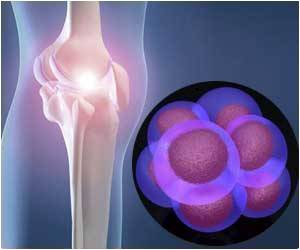People at risk of developing acute rheumatic fever (ARF) and rheumatic heart disease (RHD) should be actively screened and government health authorities notified.
People at risk of developing acute rheumatic fever (ARF) and rheumatic heart disease (RHD) should be actively screened and government health authorities notified of any new cases, according to new guidelines issued by the National Heart Foundation of Australia and the Cardiac Society of Australia and New Zealand.
Both caused by group A streptococcal bacteria, ARF and RHD are diseases of poverty that occur at world-record rates in Indigenous Australians.Yet individual cases are often poorly managed, Professor Jonathan Carapetis of the Menzies School of Health Research, Darwin, and colleagues report in the latest issue of the Medical Journal of Australia.
“Most jurisdictions with high rates of these diseases do not have formal control strategies in place,” say the authors.
As well as active screening and legislated notification, the guidelines recommend new diagnostic and treatment criteria for ARF in high-risk populations, and the establishment of a coordinated control program for all at-risk regions of Australia.
In an editorial in the same issue of the MJA, Dr Alex Brown of the Baker Heart Research Institute, Alice Springs, and colleagues claim that at the very least, RHD control programs are needed in the Top End of the Northern Territory, Central Australia, northern Western Australia, and northern Queensland.
The authors say while it is critically important to ensure that people with ARF and RHD receive good treatment and preventive care, Australia must not lose sight of the fact that treatment of these diseases and secondary prevention programs are bandaid solutions to an underlying tragedy.
Advertisement
“Failure in primary prevention of ARF and RHD . . . reflects the failure to provide Indigenous communities with the appropriate type and level of housing and environmental conditions that all Australians should expect.”
Source-AMA
MED/B











